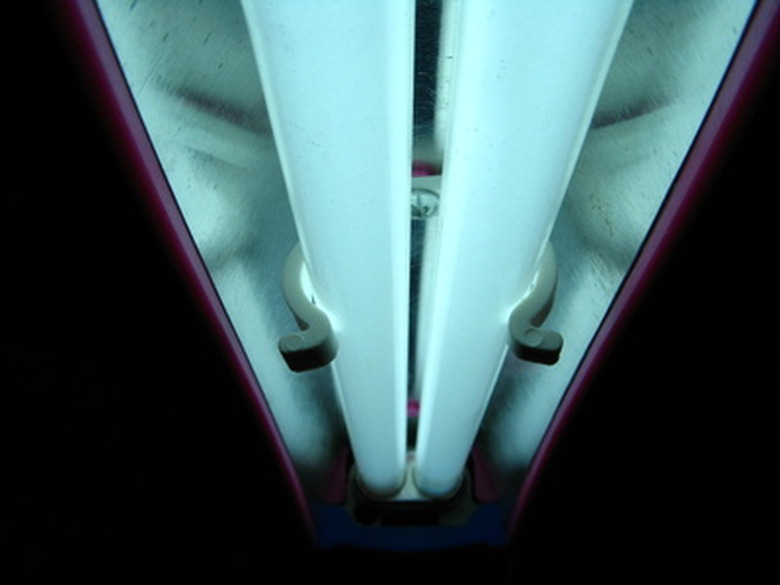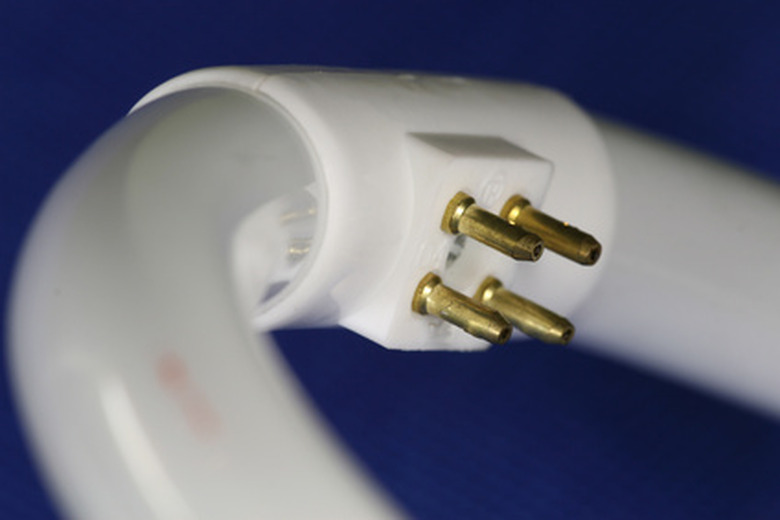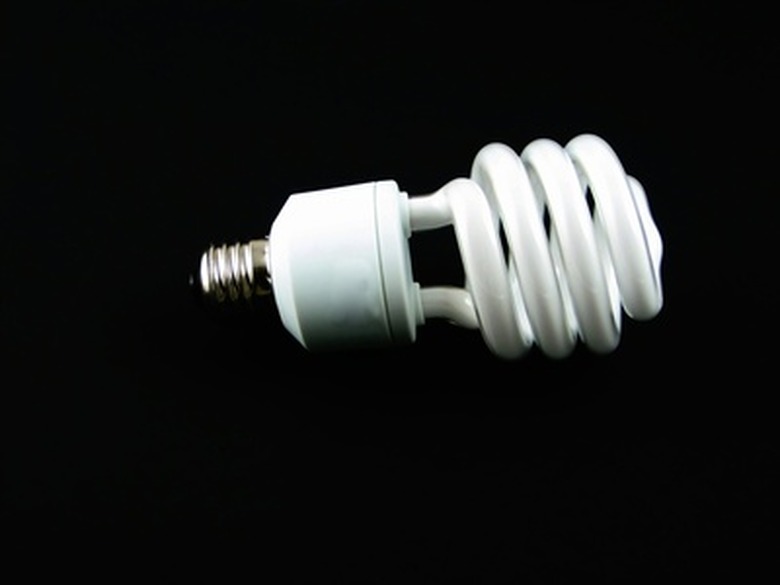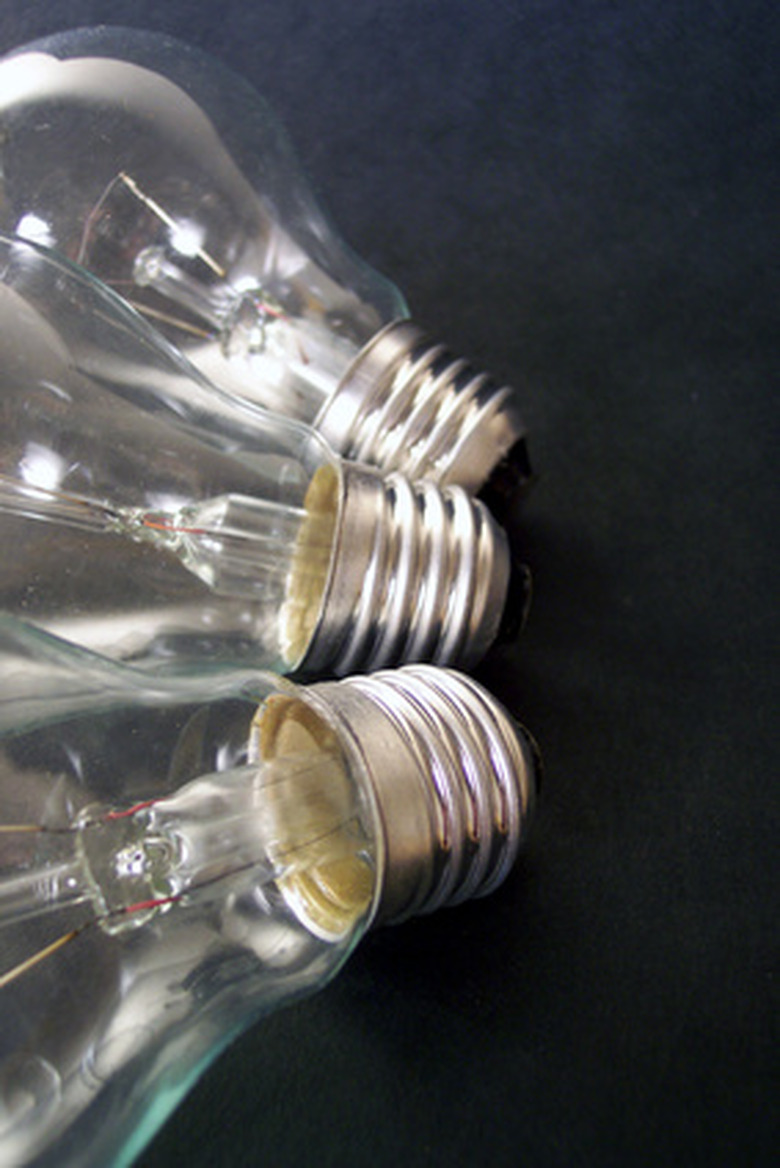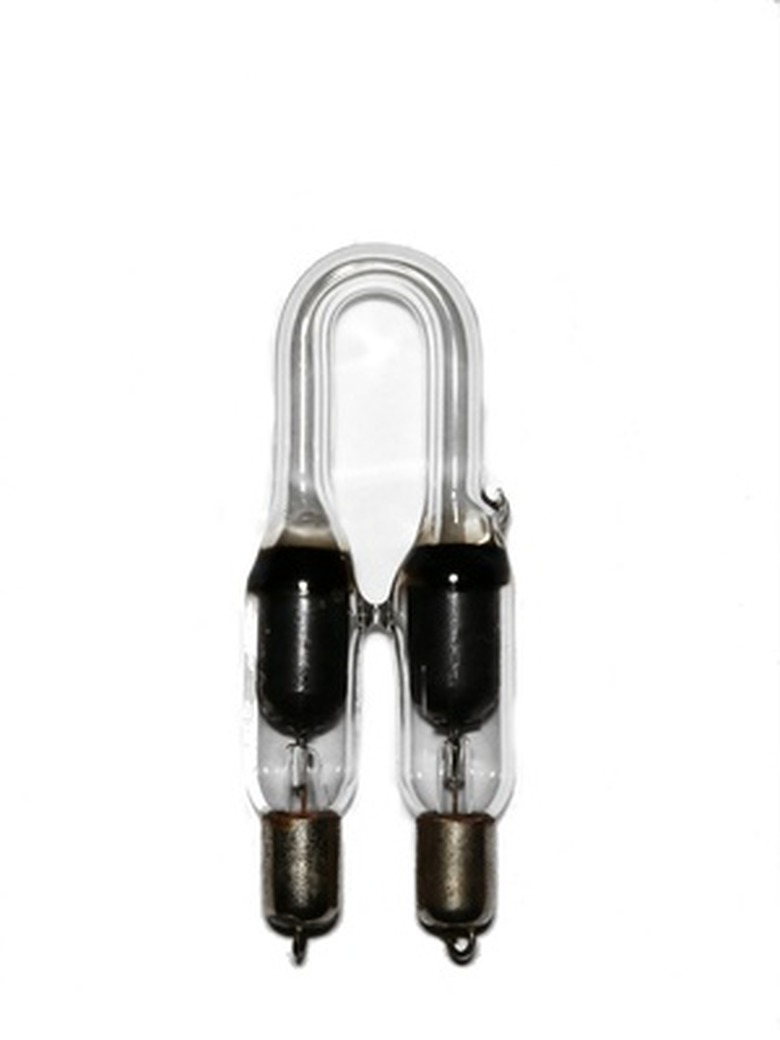Why Do Fluorescent Lights Flicker?
A fluorescent lamp or fluorescent tube is a "gas-discharge lamp" (lamps that generate light by passing an electrical charge through an ionized gas) which utilizes electricity to excite mercury vapor. The excited mercury vapor produces short wave ultra violet light which causes a phosphor to fluoresce resulting in visible light. In the past, fluorescent bulbs had been mostly used in commercial buildings; however, the compact fluorescent lamp is now available in a variety of popular sizes.
Fluorescent Flicker Problems
Fluorescent Flicker Problems
Fluorescent bulbs are gas filled tubes, the gas is excited by electric pulses and in turn creates visible light; the device responsible for exciting the gas is called a ballast. Ballasts send pulses of electricity through the gas, rapidly turning the light on and off. The rate of these pulses is normally so high that the lights' inherent flicker is negligible; light production becomes seemingly "continuous" since above about 5 kHz, the excited electron state half-life is longer than a half cycle. Poor quality (or simply failing ballasts) may have insufficient regulation or insufficient reservoir capacitance producing considerable 100/120 Hz modulation of the light, resulting in visible flickering.
Effects of Fluorescent Light Flicker
Effects of Fluorescent Light Flicker
Some individuals are sensitive to this flicker, their perception of these variations in light intensity can adversely effect them. Those affected by this inherent flickering can experience eye strain, eye discomfort, headaches and even migraines. Some early studies (like the work of Simeon D, Knutelska M, Nelson D & Guralnik O. in 2003 for the Journal of Clinical Psychiatry) have shown a correlation between fluorescent light flickering and repetitive movement in autistic children; however, these trials had interpretive problems and have yet to be duplicated.
Troubleshooting Dead or Flickering Fluorescents
Troubleshooting Dead or Flickering Fluorescents
A dead fluorescent can be caused by a variety of issues; a total lack of electrical power (blown fuse, or tripped breaker), a dead starter, dead bulbs or a dying ballast. First check the power source, then the starter, and finally the bulbs. If it is none of the preceding issues the ballast may need to be replaced; since the ballast is the most expensive item, be sure it is actually dead (check prices before you buy, some ballasts can be more expensive than an entirely new light fixture). When the issue is flickering the same troubleshooting steps should be used, because all the same issues that may cause a bulb not to work can cause flickering. (Flickering bulbs can cause the starter to burn out or even make the ballast overheat and and fail prematurely.)
Testing Fluorescent Bulbs
Testing Fluorescent Bulbs
First look at the bulbs, if there is darkness around the ends of the tubes, the bulbs may be defective or close to burning out. At the end of each tube there are two electrodes, by testing across these two pins you can determine if the electrodes are still intact (if there is conductivity across the pins the electrode should function). However, even if the electrodes are totally intact the bulb may not light; this can happen if all the gas has leaked from the fluorescent tube or if there is a short in the electrodes. Ultimately the best way to test a bulb is to put it into a working light fixture.
Advantages With Fluorescent Lights
Advantages With Fluorescent Lights
Fluorescent bulbs convert more of their input power into visible light than incandescent lamps. An average 100 watt tungsten filament incandescent lamp converts only about 2 percent of its power input into visible light while fluorescent lamps convert about 22 percent of their power input into visible light. A fluorescent bulb will typically last 10 to 20 times longer than traditional bulbs, and give off about two-thirds to three-quarters less heat than incandescent bulbs.
Cite This Article
MLA
Keitel, Jolie. "Why Do Fluorescent Lights Flicker?" sciencing.com, https://www.sciencing.com/do-fluorescent-lights-flicker-5031263/. 19 October 2017.
APA
Keitel, Jolie. (2017, October 19). Why Do Fluorescent Lights Flicker?. sciencing.com. Retrieved from https://www.sciencing.com/do-fluorescent-lights-flicker-5031263/
Chicago
Keitel, Jolie. Why Do Fluorescent Lights Flicker? last modified March 24, 2022. https://www.sciencing.com/do-fluorescent-lights-flicker-5031263/
